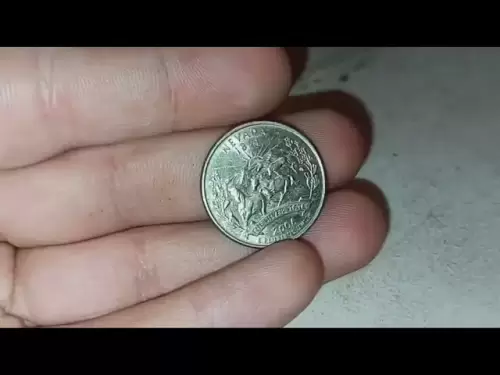-
 Bitcoin
Bitcoin $109,483.8361
1.92% -
 Ethereum
Ethereum $2,693.1706
6.41% -
 Tether USDt
Tether USDt $1.0003
-0.03% -
 XRP
XRP $2.2900
1.16% -
 BNB
BNB $660.8571
1.02% -
 Solana
Solana $159.0920
2.64% -
 USDC
USDC $0.9999
0.00% -
 Dogecoin
Dogecoin $0.1921
3.50% -
 TRON
TRON $0.2882
2.04% -
 Cardano
Cardano $0.6941
2.82% -
 Hyperliquid
Hyperliquid $41.1291
14.76% -
 Sui
Sui $3.4073
3.36% -
 Chainlink
Chainlink $14.5678
4.99% -
 Avalanche
Avalanche $21.7169
4.24% -
 Stellar
Stellar $0.2741
2.34% -
 Bitcoin Cash
Bitcoin Cash $422.6513
0.49% -
 Toncoin
Toncoin $3.3042
3.10% -
 UNUS SED LEO
UNUS SED LEO $8.8192
-3.09% -
 Shiba Inu
Shiba Inu $0.0...01300
2.78% -
 Hedera
Hedera $0.1773
3.42% -
 Litecoin
Litecoin $90.0226
1.75% -
 Polkadot
Polkadot $4.1423
1.77% -
 Monero
Monero $331.5368
-0.26% -
 Ethena USDe
Ethena USDe $1.0008
-0.01% -
 Bitget Token
Bitget Token $4.7576
1.47% -
 Pepe
Pepe $0.0...01292
8.54% -
 Dai
Dai $0.9998
-0.03% -
 Pi
Pi $0.6401
1.33% -
 Uniswap
Uniswap $7.2685
12.07% -
 Aave
Aave $298.2173
15.47%
What does it mean when TRIX crosses the moving average? What risks does a break below the moving average imply?
The TRIX indicator, useful in crypto trading, signals potential buy or sell opportunities when it crosses its moving average, but traders should use it with other indicators to confirm signals and manage risks.
Jun 10, 2025 at 10:49 am
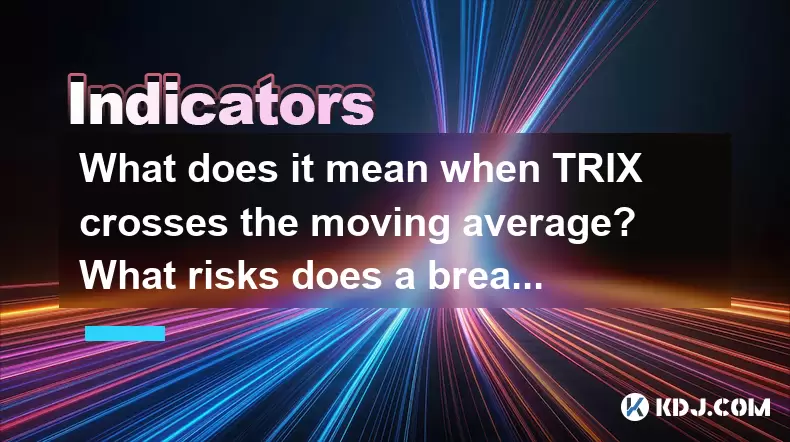
The TRIX (Triple Exponential Average) is a momentum indicator that displays the percentage rate of change of a triple exponentially smoothed moving average of a security's closing price. When the TRIX line crosses its signal line, which is typically a moving average of the TRIX, it can signal potential buy or sell opportunities. Understanding the implications of these crossovers, particularly when the TRIX breaks below the moving average, is crucial for traders and investors in the cryptocurrency market.
Understanding the TRIX Indicator
The TRIX indicator is designed to filter out insignificant price movements and focus on the underlying trend. It is calculated using three exponential moving averages (EMAs) to smooth the price data, reducing the impact of short-term fluctuations. The result is a line that oscillates around zero, with positive values indicating bullish momentum and negative values indicating bearish momentum.
TRIX and Its Moving Average
The signal line for the TRIX is often a simple moving average (SMA) of the TRIX itself. Commonly, a 9-day SMA is used. The interaction between the TRIX line and this signal line can provide insights into potential changes in market momentum.
- A bullish crossover occurs when the TRIX line moves above its signal line. This suggests that the momentum is shifting upwards, and it could be an entry point for a long position.
- A bearish crossover happens when the TRIX line falls below its signal line, indicating a potential shift in momentum downwards, which might be a signal to exit a long position or enter a short position.
What Does a TRIX Crossover Mean?
When the TRIX crosses its moving average, it signifies a change in momentum. A bullish crossover can be interpreted as a sign that the current downtrend may be losing steam, and a new uptrend might be starting. Conversely, a bearish crossover suggests that the current uptrend could be weakening, and a downtrend might be imminent.
Risks Associated with a Break Below the Moving Average
A break below the moving average by the TRIX line can imply several risks that traders should be aware of:
- Potential Reversal of Trend: A break below the moving average can indicate that the bullish momentum is fading, and a bearish trend might be on the horizon. This could lead to a decline in the asset's price.
- Increased Volatility: Such a break can signal increased market volatility, as the shift in momentum might cause rapid price movements.
- False Signals: Like all technical indicators, the TRIX is not foolproof. A break below the moving average might be a false signal, leading to potential losses if traders act on it without further confirmation.
Strategies to Mitigate Risks
To mitigate the risks associated with a break below the moving average, traders can employ several strategies:
- Confirmation with Other Indicators: Using additional technical indicators, such as the Relative Strength Index (RSI) or Moving Average Convergence Divergence (MACD), can help confirm the signal provided by the TRIX.
- Setting Stop-Loss Orders: Implementing stop-loss orders can help limit potential losses if the market moves against the trader's position.
- Position Sizing: Managing the size of the position can reduce the impact of any adverse price movements.
Practical Application of TRIX in Trading
To apply the TRIX in trading, follow these steps:
- Select a Timeframe: Choose a timeframe that aligns with your trading strategy, whether it's short-term or long-term.
- Apply the TRIX Indicator: Add the TRIX indicator to your chart, typically with a 9-day period for the TRIX and a 9-day SMA for the signal line.
- Monitor for Crossovers: Watch for the TRIX line to cross above or below the signal line.
- Confirm with Other Indicators: Use other indicators to confirm the signal from the TRIX.
- Execute Trades: Based on the confirmed signals, enter or exit trades accordingly.
- Set Risk Management Measures: Implement stop-loss orders and manage position sizes to mitigate risks.
Real-World Examples in Cryptocurrency Trading
In the cryptocurrency market, the TRIX indicator can be particularly useful due to the high volatility and rapid price movements. For example, if Bitcoin's TRIX line crosses below its 9-day SMA, it might suggest that the bullish momentum is waning, and a price correction could be on the way. Conversely, a crossover above the SMA could indicate a strengthening of bullish momentum, potentially leading to a price increase.
Limitations of the TRIX Indicator
While the TRIX can be a valuable tool, it is not without its limitations. It can lag behind price movements, meaning that signals might come later than desired. Additionally, it can produce false signals in highly volatile markets, which are common in the cryptocurrency space. Therefore, it is essential to use the TRIX in conjunction with other indicators and market analysis techniques.
Frequently Asked Questions
Q1: Can the TRIX indicator be used for all cryptocurrencies?
A1: Yes, the TRIX indicator can be applied to any cryptocurrency. However, the effectiveness may vary depending on the liquidity and volatility of the specific cryptocurrency. More liquid assets like Bitcoin and Ethereum might provide more reliable signals compared to less liquid altcoins.
Q2: How often should I check the TRIX indicator for signals?
A2: The frequency of checking the TRIX indicator depends on your trading style. For day traders, monitoring the TRIX on shorter timeframes (e.g., 1-hour or 4-hour charts) might be necessary. For swing traders or long-term investors, checking on daily or weekly charts could be more appropriate.
Q3: Is the TRIX indicator more effective in bullish or bearish markets?
A3: The TRIX indicator is designed to identify changes in momentum, so it can be effective in both bullish and bearish markets. However, its signals might be more reliable in trending markets rather than in sideways or choppy market conditions.
Q4: Can the TRIX be used in conjunction with fundamental analysis?
A4: Yes, combining the TRIX with fundamental analysis can enhance decision-making. While the TRIX provides technical insights into momentum and potential trend changes, fundamental analysis can offer a broader view of the cryptocurrency's intrinsic value and market conditions.
Disclaimer:info@kdj.com
The information provided is not trading advice. kdj.com does not assume any responsibility for any investments made based on the information provided in this article. Cryptocurrencies are highly volatile and it is highly recommended that you invest with caution after thorough research!
If you believe that the content used on this website infringes your copyright, please contact us immediately (info@kdj.com) and we will delete it promptly.
- Bitcoin (BTC) Is Poised to Experience Strong Price Growth, CryptoQuant Reveals Patterns Similar to Those Observed in Early 2024
- 2025-06-10 17:45:12
- Bybit hack serves as a wake-up call for complacent crypto exchanges
- 2025-06-10 17:45:12
- Rare 1909 Lincoln Wheat Penny Sells for $300,000
- 2025-06-10 17:40:12
- Pi Coin Price Prediction: What Happened to the Price in the Last Days and What to Expect
- 2025-06-10 17:40:12
- U.Today has prepared a summary of the top three important news stories over the last day of April, take a look!
- 2025-06-10 17:35:14
- Circle Rejects Ripple's $4B to $5B Acquisition Offer
- 2025-06-10 17:35:14
Related knowledge
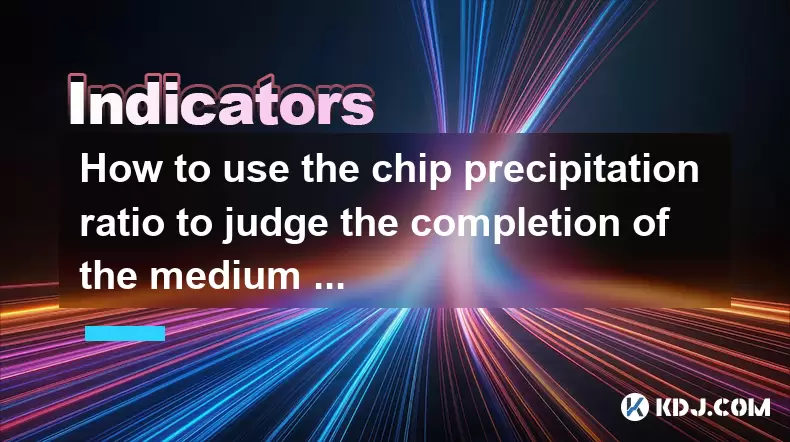
How to use the chip precipitation ratio to judge the completion of the medium and long-term bottom construction?
Jun 04,2025 at 03:36am
The chip precipitation ratio is a crucial metric used by investors to assess the accumulation of chips (or shares) at different price levels over time. This ratio helps in understanding the distribution of chips and can be a powerful tool for determining the completion of medium and long-term bottom construction in the cryptocurrency market. By analyzin...
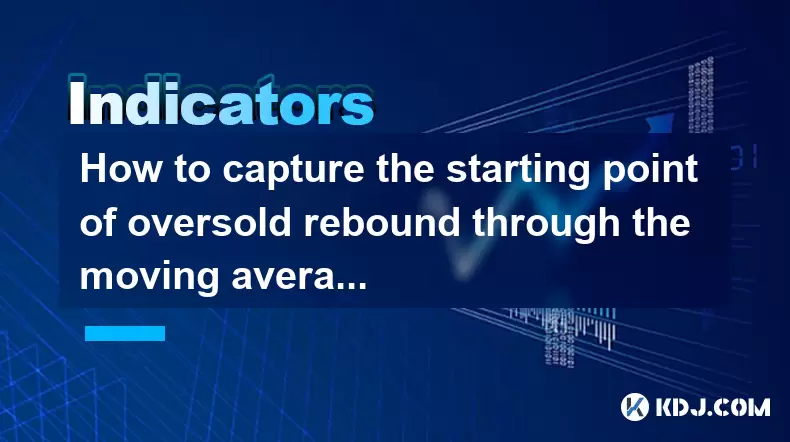
How to capture the starting point of oversold rebound through the moving average gravity reversal strategy?
Jun 04,2025 at 01:01pm
The moving average gravity reversal strategy is a sophisticated approach used by traders to identify potential entry points for buying cryptocurrencies when they are considered oversold. This strategy leverages the concept of moving averages to pinpoint moments when a cryptocurrency might be poised for a rebound. In this article, we will delve into the ...
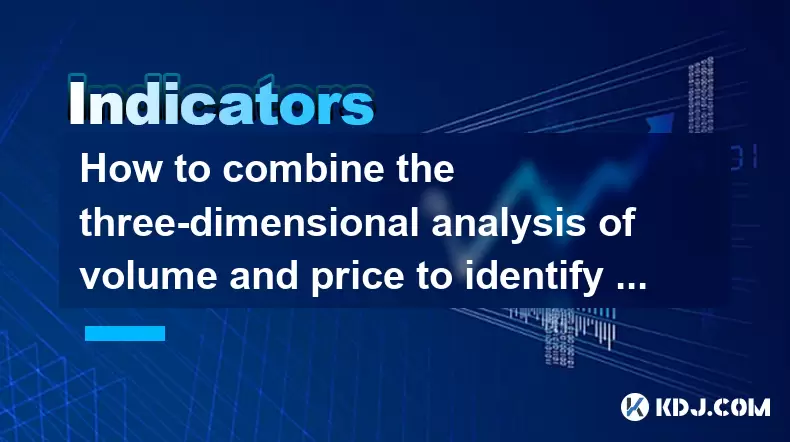
How to combine the three-dimensional analysis of volume and price to identify the golden buying point of breakthrough and retracement?
Jun 03,2025 at 11:42pm
In the dynamic world of cryptocurrencies, identifying the optimal buying points is crucial for maximizing profits and minimizing risks. One effective method to achieve this is by combining three-dimensional analysis of volume and price to pinpoint the golden buying points during breakouts and retracements. This article will delve into how to use this ap...
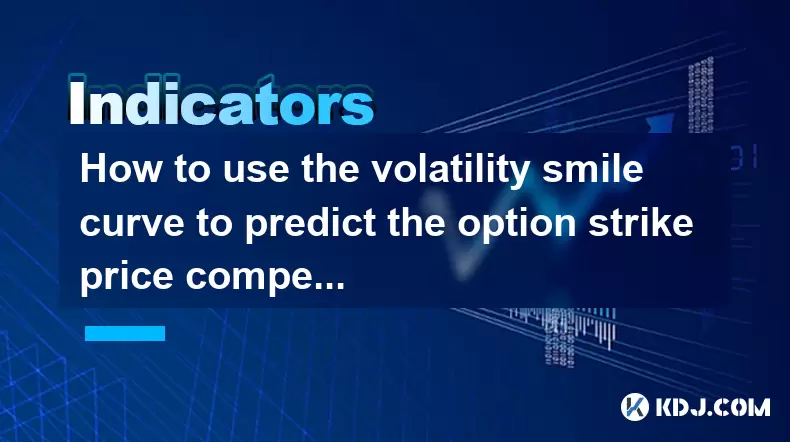
How to use the volatility smile curve to predict the option strike price competition area?
Jun 06,2025 at 01:01pm
The volatility smile curve is a graphical representation that shows the implied volatility of options across different strike prices for a given expiration date. It is called a 'smile' because the curve often takes the shape of a smile, with higher implied volatilities for options that are deep in-the-money or deep out-of-the-money, and lower implied vo...
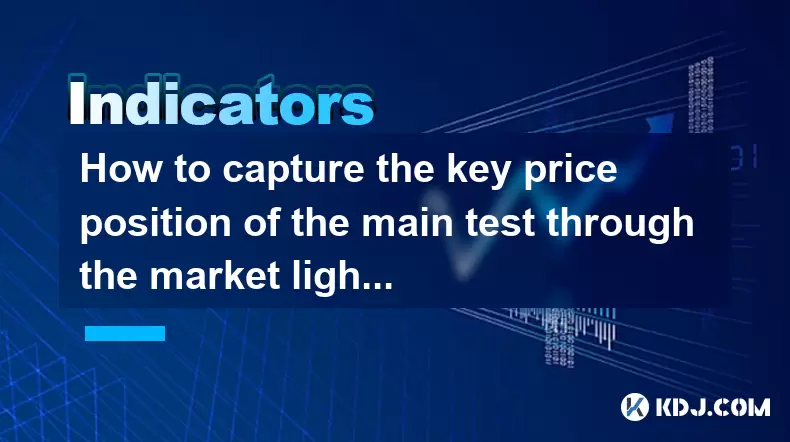
How to capture the key price position of the main test through the market lightning chart?
Jun 02,2025 at 06:07pm
Introduction to Market Lightning ChartThe market lightning chart is a powerful tool used by cryptocurrency traders to visualize price movements and identify key price positions. This chart type provides a detailed view of market activity, allowing traders to spot trends, reversals, and other significant price levels quickly. By understanding how to use ...
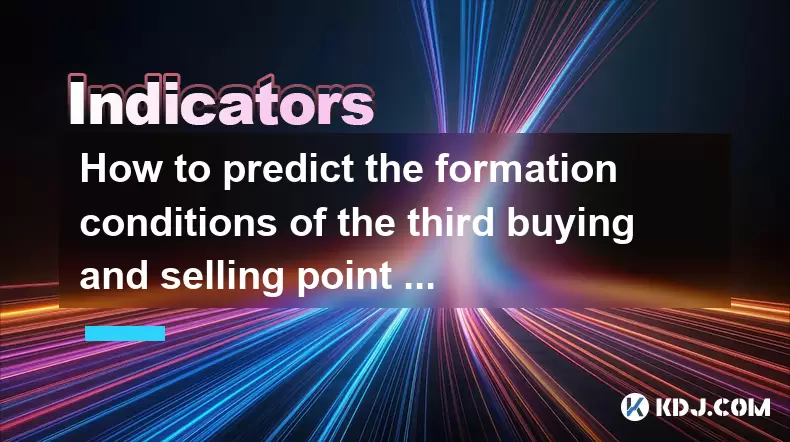
How to predict the formation conditions of the third buying and selling point in combination with the extension of the central axis of the Chaos Theory?
Jun 08,2025 at 12:42am
The concept of predicting the formation conditions of the third buying and selling point in the cryptocurrency market by combining the extension of the central axis of the Chaos Theory is an advanced analytical technique. This method involves understanding the chaotic nature of price movements and using it to identify key moments for trading. In this ar...

How to use the chip precipitation ratio to judge the completion of the medium and long-term bottom construction?
Jun 04,2025 at 03:36am
The chip precipitation ratio is a crucial metric used by investors to assess the accumulation of chips (or shares) at different price levels over time. This ratio helps in understanding the distribution of chips and can be a powerful tool for determining the completion of medium and long-term bottom construction in the cryptocurrency market. By analyzin...

How to capture the starting point of oversold rebound through the moving average gravity reversal strategy?
Jun 04,2025 at 01:01pm
The moving average gravity reversal strategy is a sophisticated approach used by traders to identify potential entry points for buying cryptocurrencies when they are considered oversold. This strategy leverages the concept of moving averages to pinpoint moments when a cryptocurrency might be poised for a rebound. In this article, we will delve into the ...

How to combine the three-dimensional analysis of volume and price to identify the golden buying point of breakthrough and retracement?
Jun 03,2025 at 11:42pm
In the dynamic world of cryptocurrencies, identifying the optimal buying points is crucial for maximizing profits and minimizing risks. One effective method to achieve this is by combining three-dimensional analysis of volume and price to pinpoint the golden buying points during breakouts and retracements. This article will delve into how to use this ap...

How to use the volatility smile curve to predict the option strike price competition area?
Jun 06,2025 at 01:01pm
The volatility smile curve is a graphical representation that shows the implied volatility of options across different strike prices for a given expiration date. It is called a 'smile' because the curve often takes the shape of a smile, with higher implied volatilities for options that are deep in-the-money or deep out-of-the-money, and lower implied vo...

How to capture the key price position of the main test through the market lightning chart?
Jun 02,2025 at 06:07pm
Introduction to Market Lightning ChartThe market lightning chart is a powerful tool used by cryptocurrency traders to visualize price movements and identify key price positions. This chart type provides a detailed view of market activity, allowing traders to spot trends, reversals, and other significant price levels quickly. By understanding how to use ...

How to predict the formation conditions of the third buying and selling point in combination with the extension of the central axis of the Chaos Theory?
Jun 08,2025 at 12:42am
The concept of predicting the formation conditions of the third buying and selling point in the cryptocurrency market by combining the extension of the central axis of the Chaos Theory is an advanced analytical technique. This method involves understanding the chaotic nature of price movements and using it to identify key moments for trading. In this ar...
See all articles





















